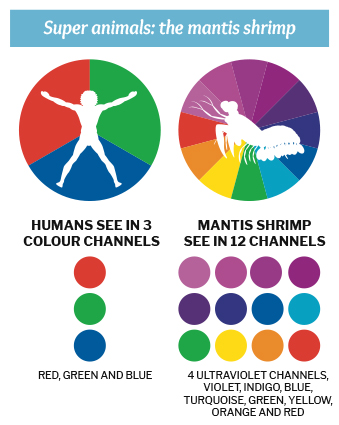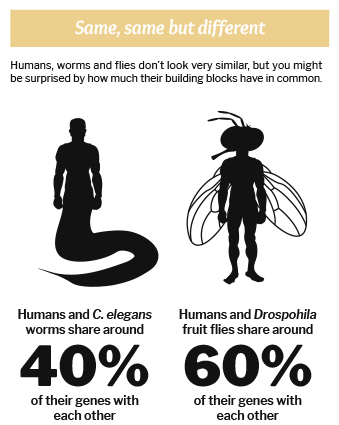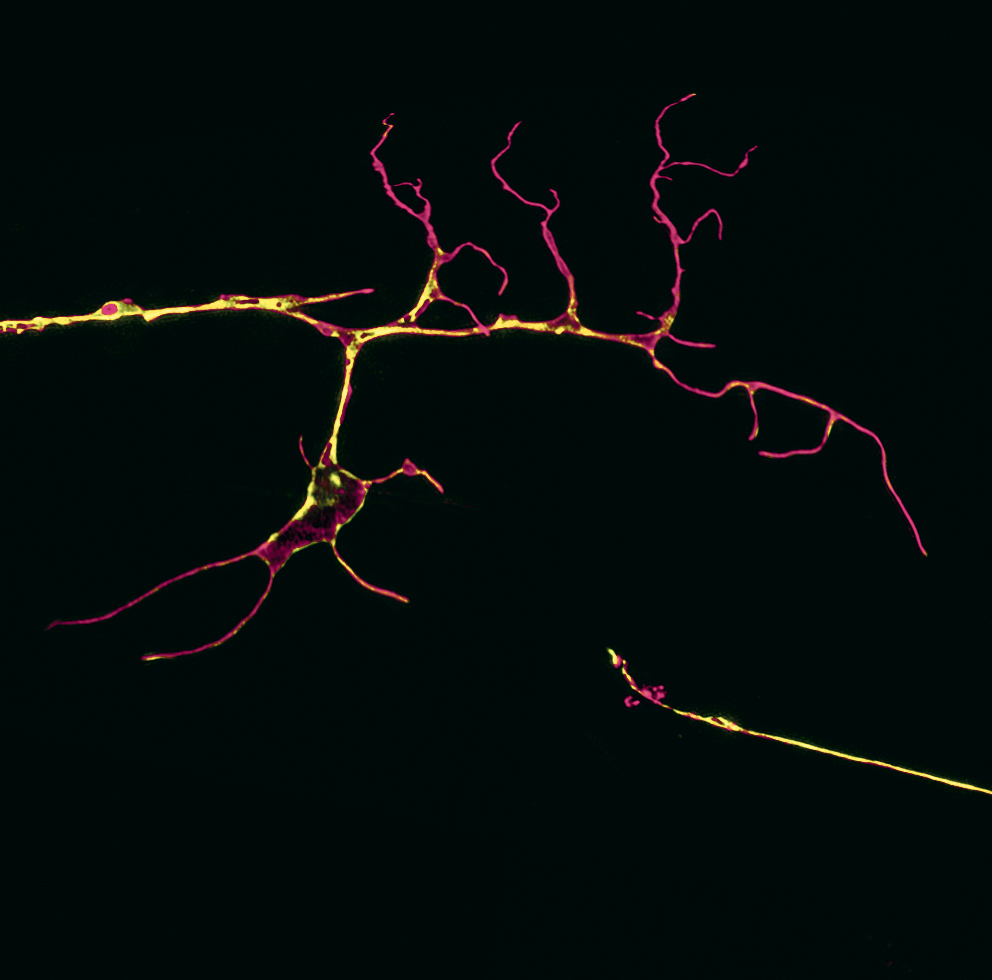Nature's inspiration in understanding the brain
Humans are widely considered (by humans) the most highly evolved species. More than any other feature, it’s our intelligence that we hold in highest regard. Our brains are special, we think—the pinnacle of evolution. We’re the ones who devised the Internet, detected gravitational waves and are wondering how to colonise Mars. That bee that’s quietly pollinating your roses? Not so much.
Yet almost every week brings a 'surprising' discovery that chips away at our sense of self-importance. Chimpanzees and orangutans seem to have a theory of mind—the supposedly uniquely human ability to intuit what another is thinking. Crows—bird brains!—have incredible memories for human faces and can perform a sequence of tool-based manipulations to get food. And bees can learn that pulling on a string leads to a food reward, just by watching another bee do it.
The truth is that brains evolved to promote survival in an ecological niche, and over millions of years, different species have evolved different adaptations that allow them to thrive. As a result, we can learn a lot by studying the brains of the amazing creatures that inhabit the world we live in. What’s more, we won’t just learn more about the brain and nervous system. Understanding how other species solve real-world problems can help us design better technologies, like visually guided autonomous vehicles, satellites that can monitor pollution, or cancer-detecting cameras.
Worms a perfect model for studying the spinal cord
What specific features make us want to study these creatures? The roundworm is an attractive model for spinal cord repair because unlike us, it can regenerate its nerves. It also has just 302 neurons that connect to each other in a known way, making the logic of its neural circuitry far more decipherable than for our own brains (which have an estimated 100 billion neurons). Fruit flies have long been used because their genetic secrets are relatively easy to uncover, helping us deduce the contribution of particular molecules to brain function.
Studying the 'simple' brain of the honeybee, with just 1 million neurons, has helped us comprehend nature’s efficient solution to airborne navigational requirements, leading to improved robotic aircraft designs. Finally, it is the astonishingly complex visual system and relatively simple brain of the mantis shrimp that is helping us design better satellite sensors, boost data storage in computers and detect cancers using polarised light.
Researching the basics of the nervous system
Researchers at QBI use all sorts of approaches to understand the brain and nervous system. What unites work in the laboratories of group leaders Massimo Hilliard, Justin Marshall, Mandyam Srinivasan and Bruno van Swinderen is the study of simple nervous systems that have been shaped by evolutionary pressures vastly different from those we face. The resulting adaptations provide either simple but stunningly effective versions of more complex human brain attributes, or design features that can inspire improved health and technologies. We have plenty to gain from studying nature’s many ways of designing a brain.


Animal navigation
Ever seen a fly land flawlessly on a teacup rim? A bee locate a food source kilometres away from its hive and return home unerringly? A bird fly rapidly through dense foliage without touching a branch? Professor Mandyam Srinivasan’s Visual and Sensory Neuroscience lab is dedicated to discovering the principles that underlie these behaviours and using them to create new, biologically-inspired vision systems to guide aircraft.
His decades of research include finding: that budgies always veer right to avoid mid-air collisions; how flocks of birds navigate difficult environments; how honeybees can land with utmost precision and grace, navigate by reading the pattern of polarised light in the sky, and streamline their bodies to gain maximum “fuel efficiency” during flight.
“Flying insects and birds are surprisingly competent at moving and navigating in their environment, despite the fact that they possess brains that are very much smaller than our own and which carry far fewer neurons,” Srini says.
“We are only beginning to scratch the surface in exploring the ways in which biology can aid and inspire our technological ambitions.”
Axons: fuse it, don't lose it

Axons, the long thin processes that connect brain cells, are essential for the correct function of the nervous system. Damage to these connections can have devastating consequences as observed after spinal cord injury, and in many neurodegenerative diseases such as Alzheimer’s, Parkinson’s, Huntington’s and motor neuron diseases.
Associate Professor Massimo Hilliard’s lab studies how axons are able to repair themselves after damage, using the Caenorhabditis elegans worm as a genetic model organism.
The lab has recently made a major breakthrough with the discovery of a molecular pathway in the worm, which is capable of repairing itself. It allows the severed axon (pictured left, top of image) to simply re-join and fuse with its severed half, immediately repairing the original connection (pictured left, bottom right of image). The lab is currently testing if this molecular pathway can also be exploited to drive self-repair in mammals. The hope is that, by fully understanding how axons repair themselves after damage, we can discover future targets for therapies.
